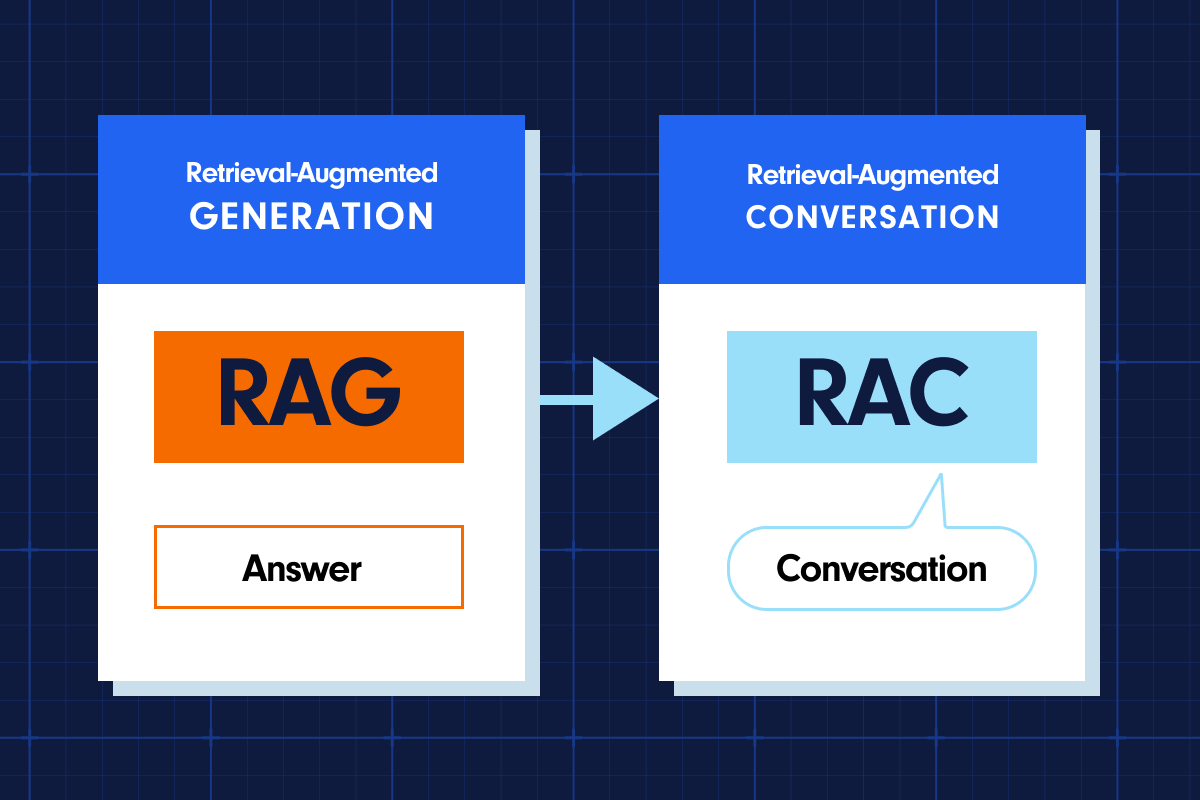Finding and retaining talent with the right technical, organizational, and people skills has never been more difficult. This is a challenge across most businesses but it’s hitting field service and other trade jobs particularly hard right now.
We surveyed 100 field service leaders to tell us where they’re experiencing the most difficulty in their day-to-day. The data revealed that hiring, retaining, and motivating workers is the most pressing topic.
So how do service leaders solve this? First and foremost, understand your workforce and their needs. While competitive pay is a top priority, workers also want to feel supported by their employer, and feeling supported means having access to information and other resources so that techs of all skill levels can perform at optimum potential, without burning out.
The secret to employee retention? Knowledge retention.
The best way to foster a talented, motivated service team is to invest in technology that offers the best knowledge-retention tools and professional support. Tools, like service intelligence, that share knowledge across an organization are the cornerstone of a successful service team. Job hopping is far more common now than it was 20 years ago, however, younger generations will tend to stay at companies that provide them with the technology, tools, and training to expand their skill set and successfully complete more jobs in less time.
Technicians equipped with this kind of tech require less support from their more seasoned counterparts, which not only boosts company productivity but helps improve the confidence and overall morale of the individual.
Rodger Smelcer, Executive Partner at United Services Technology has seen a positive impact across teams after investing in technology.

After equipping our workforce with intelligent technologies, we saw an uptick in employee morale, productivity, and retention, which has led to an overall improvement in customer satisfaction.”
— Rodger Smelcer, Executive Partner at United Services Technology
While hiring, retaining, and motivating workers has been a top challenge for a while, the survey shows that service leaders are also facing additional pain points. The following are ranked in order from most challenging to least:
32% of respondents reported upskilling technicians & designing training programs as the most difficult: Ironically, attracting, retaining, and motivating workers will naturally become easier for leaders if they prioritize upskilling and training their existing workforce. Professional development is among the top priorities for Millennials and Gen Z. When asked why they were dissatisfied with a job or planned to quit a position after less than two years, lack of training and professional development ranked third for both younger generations, just behind pay and a lack of advancement, according to research by Deloitte.
Tip: On-the-job mentoring is an effective way to address these challenges. However, labor shortages, the retiring workforce, and burnout among seasoned workers are getting in the way of that. Service teams should adopt knowledge retention and diagnostics tools, like service intelligence, along with other digital tools that let them learn as they go and share their findings with colleagues.
27% of respondents reported pulling and analyzing data to understand organizational performance as the most difficult: When leveraged correctly, a company’s data holds a ton of insights into how to address challenges, but it requires the right analysis to reach a conclusion.
Tip: Use technology that sources, organizes, and analyzes both traditional service data and institutional knowledge from its highest-performing employees. This offers entire organizations—from executives to technicians—access to custom reports, analyses, and insights that can help them understand their business and improve how they operate and deliver service.
25% of respondents reported identifying the areas with the greatest opportunity to improve efficiency/cut costs as the most difficult: Service leaders are still struggling to pinpoint problem areas and devise strategic solutions to decrease or even increase spending. This is likely due to the fact that they are using outdated analytics dashboards to help them get to the root of the problem.
Tip: Service teams need technology and data built to understand the way their business operates. AI platforms that use a Service Language Processing engine as opposed to traditional off-the-shelf Natural Language Processing (NLP) are able to not only identify problem areas but will also generate data-backed insights that leaders can use to streamline their business. While NLP uses machine learning to uncover valuable insights like sentiment, Service Language Processing goes a step further by learning a company’s unique service language and mining the symptoms and behavior of the organization’s employees and customers
16% of respondents reported avoiding customer escalations as the most difficult: Demand for higher expectations of service is growing. Microsoft found that 54% of customers have higher expectations for customer service today compared to one year ago. For companies to excel, they need to close the gap between customer expectations, and the actual customer experience.
Tip: Get to know your customers! Innovative service teams are going beyond traditional business intelligence tools. Instead, they’re looking at AI-powered dashboards to analyze customer data and generate predictive analytics that helps them better understand customer behavior and satisfaction so that they can get ahead of an issue before it becomes a problem.
Learn how to turn these challenges into opportunities. Request a demo today.








